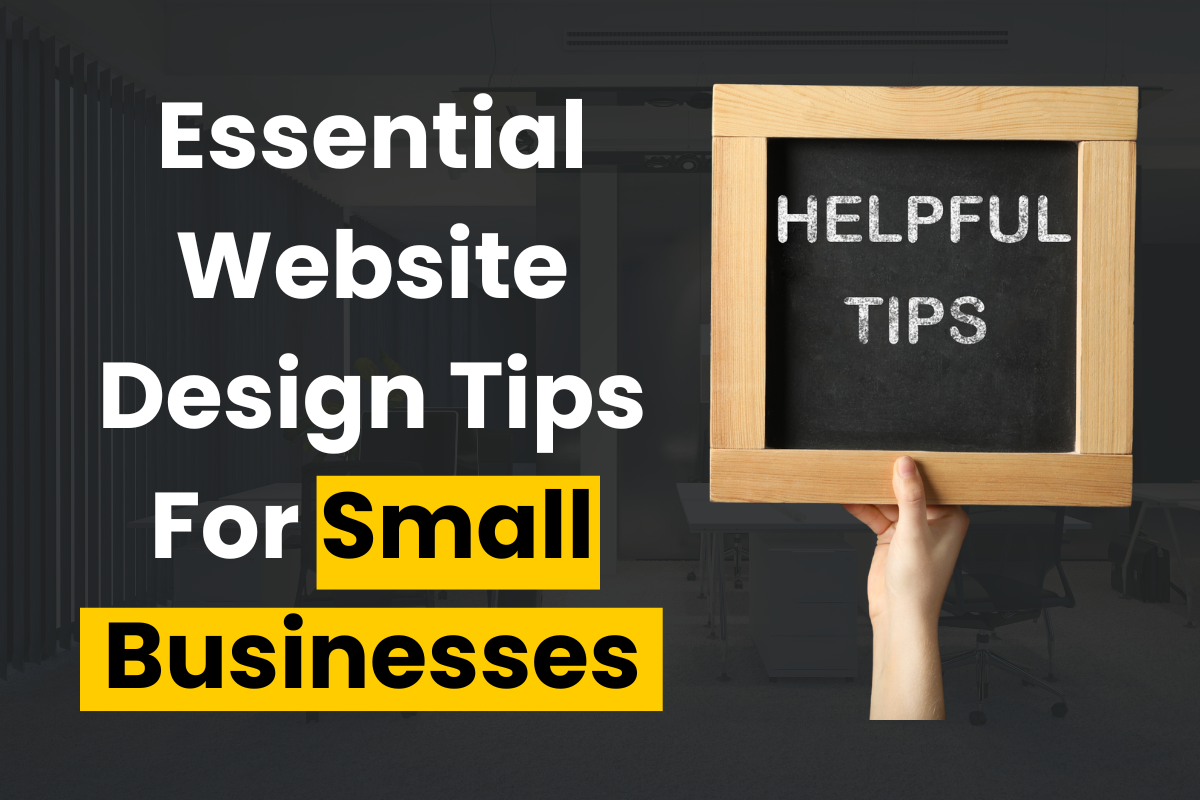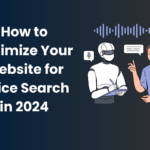Creating a website can feel like a Herculean task, especially if you’re a small business owner juggling multiple responsibilities. You might wonder if you need to break the bank to get a stunning site that converts visitors into customers. The good news? You don’t! With the right approach and some website design tips for small business owners, you can design a website that not only looks great but drives results without emptying your wallet.
In this guide, I’ll share some essential website design tips tailored for small business owners. These insights will help you build an impactful online presence that resonates with your audience. So, let’s dive in!
Start with Strong Branding
Your brand is the heart of your business. It’s how people perceive you and what sets you apart from your competition. When designing your website, prioritize branding elements that reflect your identity. This includes your logo, color palette, and overall style.
Choose colors and fonts that align with your brand personality and maintain consistency across all pages. A well-placed logo can reinforce brand recognition, so position it prominently on your homepage. Remember, branding isn’t just visual; it’s about the entire customer experience. Use a tone in your writing that reflects who you are—whether it’s friendly, professional, or quirky.
Simplify Navigation for Better User Experience
Ever landed on a website and felt like you were on a treasure hunt trying to find what you need? Frustrating, right? Simplifying navigation on your site can significantly enhance the user experience.
Limit your main navigation menu to five or seven items—think Home, About, Services, Blog, and Contact. Descriptive labels make it easier for visitors to understand where they’re headed. Consider implementing breadcrumb navigation, so users can easily backtrack without feeling lost.
Make Your Site Mobile-Friendly
Today, many people browse the web on their mobile devices. If your website isn’t mobile-friendly, you’re likely losing potential customers. Google also favors mobile-optimized sites in its search rankings.
To ensure your site is mobile-responsive, use a design that adapts to different screen sizes. Your buttons and links should be large enough to tap easily, and always test your site on various devices to catch any issues early.
Optimize for Conversions
Your website should do more than just look good—it should actively encourage visitors to take action. This is where conversion optimization comes in.
Start by creating compelling call-to-action (CTA) buttons. Use phrases like “Get Started” or “Contact Us” to direct visitors toward taking the next step. Make your lead capture forms as straightforward as possible—ask only for essential information to reduce friction. Adding trust signals, like customer testimonials or security badges, can further reassure visitors and boost your credibility.
Use High-Quality Visuals
Visuals play a significant role in your website’s success. High-quality images can captivate visitors and give them a sense of the quality of your products or services. Whenever possible, use original images of your offerings. Authentic visuals resonate better with your audience.
If you choose stock photos, opt for images that feel genuine and align with your brand. Be mindful of image sizes, too; large files can slow down your site, which is something we’ll touch on shortly.
Focus on Valuable Content
Content is king for a reason! It not only helps improve your SEO but also engages visitors and establishes your authority in your industry. Start by identifying your target audience and create content that addresses their pain points or interests.
Keeping your content fresh is vital. Regular updates can keep your audience engaged and coming back for more. Consider starting a blog where you share insights, tips, or industry news. Don’t forget to incorporate relevant keywords—like “website design for small businesses” or “budget web design tips”—to improve your SEO without overstuffing.
Speed Matters
Imagine visiting a site, and it takes ages to load. Most people won’t stick around and will hit that back button. A slow website can hurt your reputation and your search engine rankings, so speed optimization should be a priority.
Begin by choosing a reliable hosting provider that can support your site’s traffic. Minimize the number of plugins you use, as too many can bog down your site’s performance. Enable caching to make your site load faster for repeat visitors.
FAQs About Website Design for Small Businesses
What are the key elements of effective website design?
Effective website design includes strong branding, simple navigation, mobile responsiveness, compelling CTAs, high-quality visuals, valuable content, and optimized loading speeds. Each element contributes to a user-friendly experience that encourages engagement.
How can I optimize my website for search engines?
To optimize your website for search engines, focus on keyword research and incorporate relevant keywords naturally in your content. Create quality content that provides value to your audience, and ensure your website is mobile-friendly and loads quickly. Additionally, building backlinks and using SEO-friendly meta tags can improve your search engine rankings.
Is it essential to have a blog on my website?
While not mandatory, having a blog can significantly benefit your website. It provides a platform for sharing valuable content, helps establish your authority in your industry, and improves SEO by giving search engines more content to index. A well-maintained blog can attract new visitors and keep your existing audience engaged.
What is a call to action (CTA), and why is it important?
A call to action (CTA) is a prompt on your website that encourages visitors to take a specific action, such as signing up for a newsletter or making a purchase. Effective CTAs guide users along their journey and can significantly impact conversion rates.
Final Thoughts
Creating a website for your small business may seem daunting, but with these essential tips, you can build an impactful online presence without overspending. By focusing on branding, simplifying navigation, ensuring mobile-friendliness, optimizing for conversions, using high-quality visuals, creating valuable content, and improving loading speeds, you can set your business up for success.
Remember, your website is often the first impression potential customers have of your business. Invest the time to make it welcoming, informative, and easy to navigate. With the right design strategies, you can differentiate yourself from the competition and help your business thrive in the digital landscape.
Happy designing!









